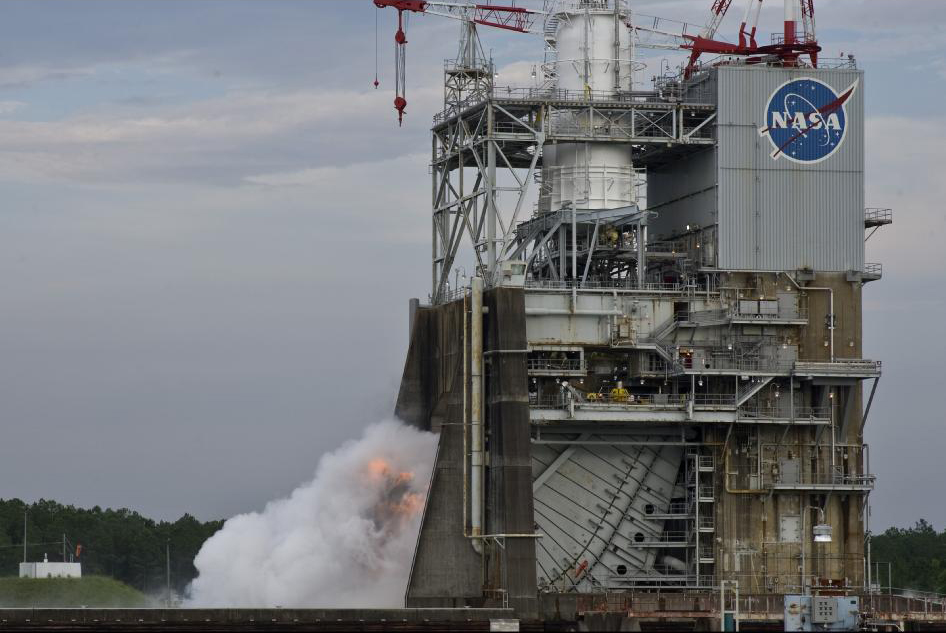
On Saturday, Aug. 27, 2011, International Space Station astronaut Ron Garan used a high definition camera to film one of the sixteen sunrises astronauts see each day. This image shows the rising sun as the station flew along a path between Rio de Janeiro, Brazil and Buenos Aires, Argentina. Photo Credit: NASA
September 28, 2011 Vol. 4, Issue 7
What does risk have to do with values? Everything, it turns out.
In the space business we tend to talk about risk in project management terms: cost, schedule, and technical. We have highly sophisticated tools such as probabilistic risk assessments (PRA) that help us quantify and interpret risks with as much precision as possible. These tools are critical as we wrestle with the difficulties of designing, building, and operating complex systems, particularly when human lives are at stake.

On Saturday, Aug. 27, 2011, International Space Station astronaut Ron Garan used a high definition camera to film one of the sixteen sunrises astronauts see each day. This image shows the rising sun as the station flew along a path between Rio de Janeiro, Brazil and Buenos Aires, Argentina.
Photo Credit: NASA
At the end of the day, though, tools don’t make decisions—people do. Our engineering culture strives to make that process as objective and empirical as possible. We demand high fidelity data, and we have rigorous reviews that operate under a governance model that strives to give everyone a voice in making the case for or against key decisions. All this is also critical.
At a certain point, though, our reliance on data and process can only take us so far. (If that weren’t true, we could wrap our decisions into algorithms and let machines crank them out.) Once we get there, what are we left with? In short, our knowledge and our values. Our knowledge manifests itself as engineering judgment. We draw conclusions based on the specifics of the case at hand, the logic and persuasiveness of our colleagues’ arguments, analogies to past experience (i.e., lessons learned), and the things we care about deeply. That’s where values come into play.
NASA has four core values—safety, excellence, integrity, and teamwork—all of which are indispensable to making sound decisions about risks. Even so, when we’re in the heat of considering a thorny issue, it’s hard to step back and ask ourselves, “Does this honor safety as a value? Does it meet NASA’s standard of excellence? Am I being an honest broker of ideas and information? Am I being a team player?”
There are inherent tensions in living our values. Taking an unpopular stand sometimes feels like the opposite of being a team player. The safest spacecraft is the one that never launches. Perfect is the enemy of the good. Reflective practitioners acknowledge these tensions openly and do their best to navigate these ambiguities as they arise. Above all, they listen to the considered opinions of their colleagues and challenge their own assumptions, asking what-if questions of themselves before coming to conclusions.
Living our values on our programs and projects is like navigating by the stars; there’s no GPS system that delivers precise guidance. When we’re making decisions, our values are what we fall back on when we’ve exhausted everything else. They’re not prescriptive, but if we keep them in mind we’ll never lose sight of true north.






